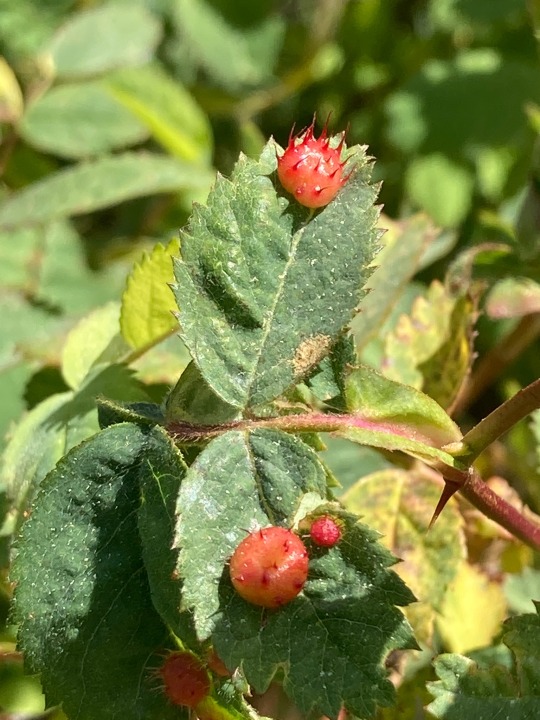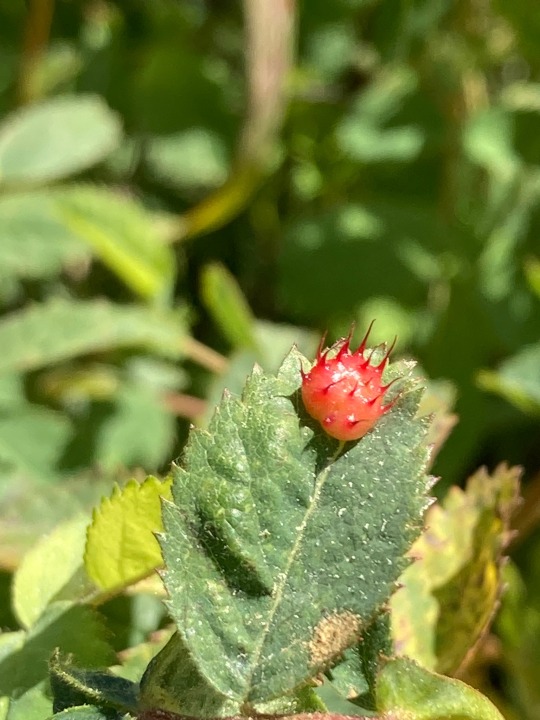#spiny leaf insects
Text
I GOT SPINY LEAF INSECTS I LOVE THEM SM
7 notes
·
View notes
Text

We’re on an Insect roll at the moment, and here is probably one of the coolest bugs I’ve ever seen: The Spiny Leaf Insect! They are also known as Australian Walking Sticks and are a species of Phasmatids.
Honestly, Spiny Leaf Insect sounds more like a general description than an actual name-
#Phylum: Arthropoda#Class: Insecta#Order: Phasmatodea#Family: Phasmatidae#Subfamily: Extatosomatinae#Genus: Extatosoma#Extatosoma tiaratum#Australian walking sticks#Spiny leaf insects#Walking sticks#leaf insects#Phasmatids#insects
0 notes
Text
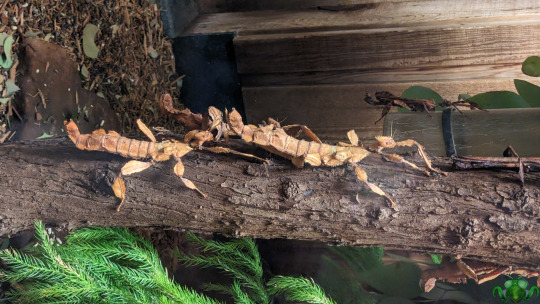
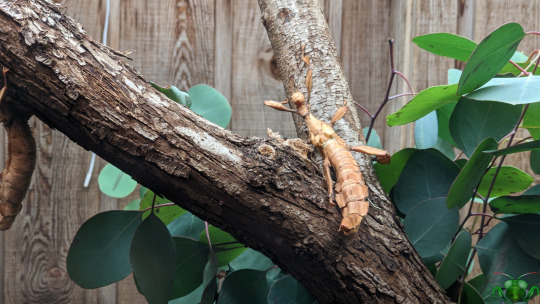
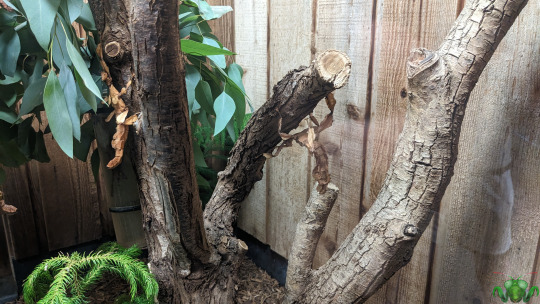
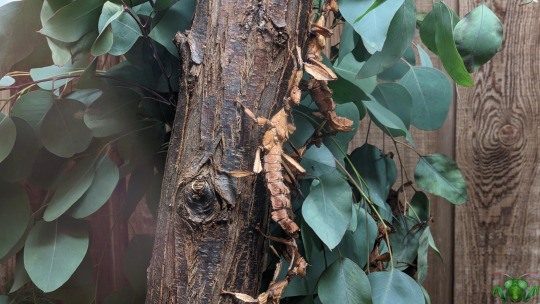
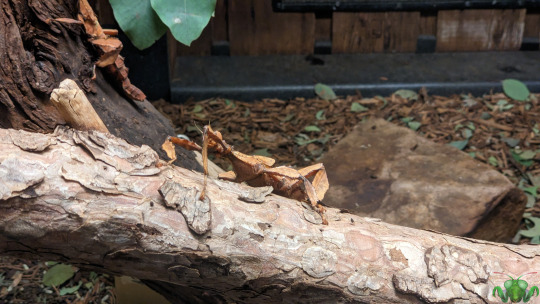
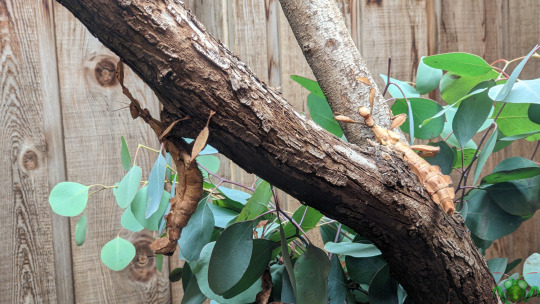



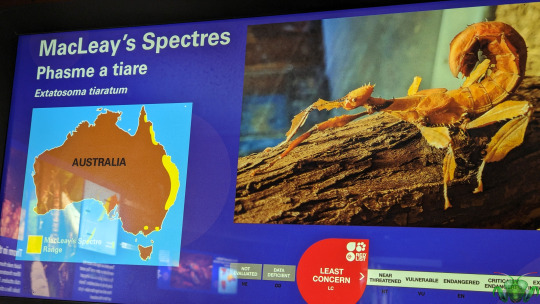
Spiny Leaf Insect - Extatosoma tiaratum
It's been many years since I've laid my eyes on one of these magnificent creatures, and even longer since my days at UofT where I held one in my hand. As such, it was gratifying to see so many individuals on display at the Toronto Zoo and to soak in all their details and movements (mostly wobbles and slow, methodical steps) while observing them. With many female individuals, and a few different instars among them, I should have taken a video, but there was lots of exciting screaming in the background from the otters and reptiles. As much as I love animals, this blog is all about the insects, and so today we have pictures of these Giant Prickly Stick Insects. Today, they are known by many names such as Australian Walking Sticks, Spiny Leaf Insects, Macleay’s Spectres (named for British entomologist William Macleay and referencing their order Phasmatodea, whose name is derived form apparitions or more commonly, ghosts) or E. tiaratum. What ever you call them, just don't call them "Leaf Insects". Those are a different branch of Phasmid, of the family Phylliidae. Amazing as the former are, these large armored insects also have a certain special quality to them. Maybe it's just how large and unusual they are compared to our fauna, but I certainly think that they're eye-catching when they can actually be found and observed. In the wild, finding them is far more difficult since their mottled, spiked, dried-in-appearance leafy armor is meant to hide them from their predators.
These peaceful, plant-eating giants need every advantage they can secure since they aren't aggressive and are burdened with slow movement due to their armor. In most cases, if anything gets close, the "scorpion" posture combined with a mild chemical defense and their sharp spines may be just enough. But what if you're a thinner, more agile male? If you've been observant, there is one such darker individual in the background of Picture 1! They're quite different in appearance from females, being much smaller and slimmer, and they are also quite rare! Moreover, a mild reliance on using parthenogenesis to reproduce and lay eggs, they can become even rarer! The thin male has functioning wings and can use them when in danger by either flying away or flashing them to a predator, startling them. Naturally, wings also allow for a wider dispersal and an expansion to the search for fertile females. In an environment within captivity, the presence of a male may be likely to discourage parthenogenesis and in fertilized eggs that will hatch earlier after females drop them to the soil floor. There were no eggs to be found, so if you plan to visit and search for them, look for brown and white, seed-like objects fitted with a capsule-like projection (capitulum). They are likely to be removed and stored, as the eggs of E. tiaratum are reported to need cooler conditions to successfully hatch. Their terrarium may simulate a warm, tropical environment too well in that case. In the wild, Ants fulfill this condition, bringing the "seeds" underground into their food stockpile.
These insects are exhibited in the Toronto Zoo, so I’ve marked them with the Mantis icon. Pictures were taken August 27, 2023 at the Toronto Zoo with a Google Pixel 4. Please go and visit the animals (insects very much included).
#jonny’s insect catalogue#ontario insect#stick insect#spiny leaf insect#macleay's spectre#phasmatodea#phasmid#insect#toronto#toronto zoo#august2023#2023#nature#entomology#invertebrates
10 notes
·
View notes
Photo

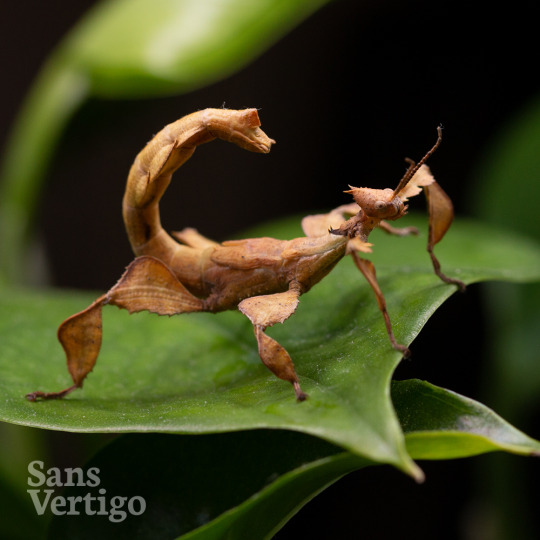
Juvenile spiny leaf insects!
You can already see the sexual dimorphism in these two. The female has spines along her abdomen, while the male does not.
They are also available for sale on our Aussie store.
13 notes
·
View notes
Text

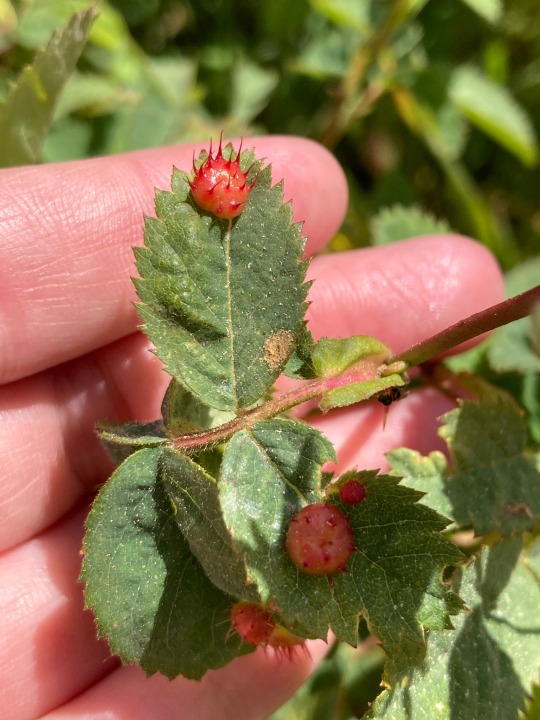
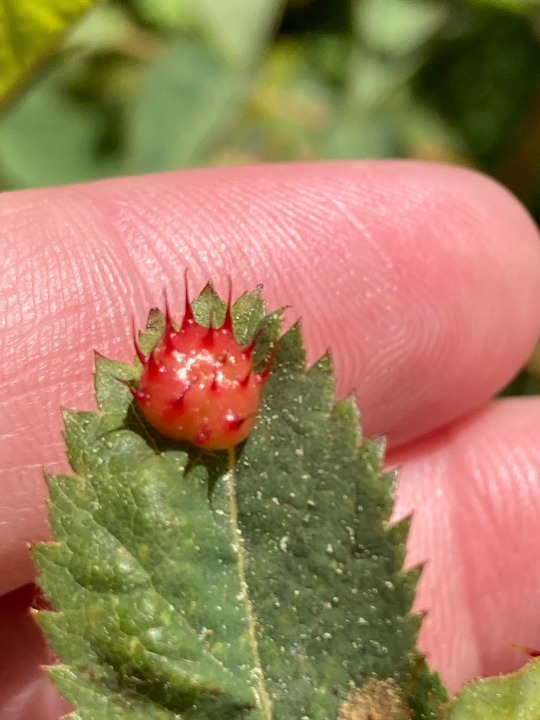
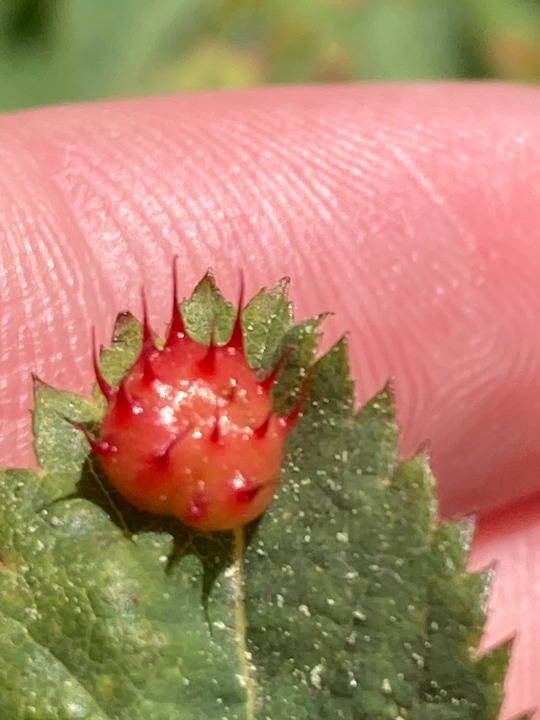
#spiny leaf gall wasp#galls#wasps#insects#pests#diplolepis polita#california wild rose#rosa californica#close up nature#temescal gateway park#pacific palisades
2 notes
·
View notes
Text

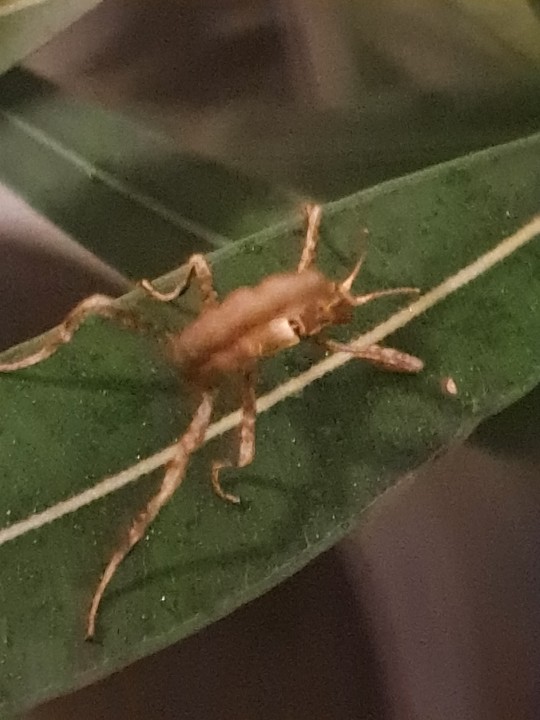
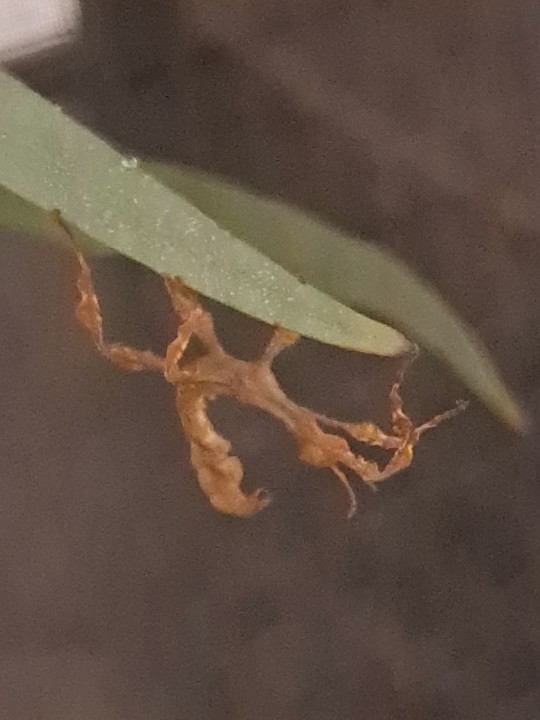

bought these four adorable spiny leaf insect babies yesterday, not sure what to call them but I'm thinking I name them after some legendary Pokemon that are really just so skrungly and scrunchly like Celebi and Shaymin, any other suggestions?
0 notes
Text
Hello again, and happy new year! It’s been a while, hasn’t it?
Today’s insect comes from my sister, who is studying abroad in Sydney, Australia. She took this absolutely wonderful picture of this fellow!

This spiky man is a Spiny Leaf Insect, also known as the Australian Walking Stick. He’s a member of the Phasmatidae family, or the stick insects. Phasmatids are best known for disgusting themselves as sticks and and branches. This keeps them safe from predators, such as birds. Some will even emulate the movement of a twig in the breeze to add to the illusion, swaying back and forth to a hidden tempo.
Sorry for not uploading in a while! These past few months have been pretty busy me, and since it’s so cold I haven’t had the chance to take any new pictures; as a result, I had totally forgotten to update my blog more!
I’ve been inactive for so long I’ve almost forgotten how to use this site, but it’s all coming back to me now. I promise to upload more frequently in the days and weeks to come, using pictures from my backlog and from my international source.
36 notes
·
View notes
Note
I've got an interesting idea for a bug race for a one piece au! Since there is Fishmen and Minks with many distinct animal and fish features in their appearance so how about a race with insect, arachnid and other invertebrate features! 🐌🦋🐛🐜🐝🪲🐞🦗🪳🕷️🕸️🦂🦟🪰🪱 And what kind of bug would each straw hat member be in this AU?
Okay so fun fact about me, I was an entomology major in college before I dropped out. So thank you for this request because it was very self indulgent!
Insect AU
Luffy would be a jack jumper ant (Myrmecia Pilosula). This ant is very strong even by ant standards. Like their name suggests, they can leap up to 76 millimeters, which is extremely impressive when you take into account that they range from 11 - 14 millimeters in size. On top of that, they possess a potent venom that kills other insects with ease. They are notably aggressive, even towards things much larger than themselves, and can reliably kill prey much larger than themselves. Truly a fierce fighter that can go toe to toe with many enemies.
Zoro would be a centipede, specifically the Scolopendra Polymorpha. This centipede varies a lot in color, and can even be green. These guys pack some pretty serious venom with necrotic properties, not something you want to experience. Centipedes are extremely agile predators that can take down all kinds of prey with ease thanks to their strength and ability to contort their body.
Nami would be a velvet ant (Dasymutilla Occidentalis). Despite the name, these guys are not ants, but are ground dwelling wasps that happen to resemble ants. They have a deceptively cute reddish-orange fuzzy appearance, that makes their venomous sting all the more surprising. While only males of the species can fly, females have a stinger that delivers a devastating venom to whatever has it on the defense. While the effects of it are excruciating, it is not fatal.
Usopp would be a spiny leaf insect (Extatosoma Tiaratum). Despite the name, males don’t have many spikes beyond the ones on their face and some defensive ones on the legs, but they can fly so at least they have that going for them. One of their means of defense is to do a threat pose that makes them resemble a scorpion (and the nymphs mimic the appearance of a toxic species of ants), which sounds like a very Usopp thing to do in my humble opinion.
Sanji would be a budwing mantis (Parasphendale Affinis). This is widely considered to be the most aggressive mantid species. I will preface this by saying that this mostly applies to females, but for the sake of the AU, I’m going to ignore that and allow Sanji to have these qualities. The budwing mantis is a voracious predator that regularly kills prey three times the size of themselves, and will do their damnedest to intimidate even bigger animals. These guys are ambush predators with insanely fast reflexes. Males are especially eager to find a mate (however fatal that may be).
Chopper is a bumblebee, specifically the Bombus Balteatus. Why did I choose that one, you ask? Because it was the fluffiest looking one I could find. As for the rest of the reasoning, Chopper just has cute bumblebee vibes to me. He likes using his honey in his medicine when applicable. This is another case of us ignoring insect gender-roles.
Robin is a noble false widow spider (Steatoda Nobilis). This spider is commonly mistaken for black widows even though I don’t get how because they look nothing alike I mean really it’s like saying wolf spiders look like a brown recluse, so they have an unfairly bad reputation. While their venom is medically significant, it’s on par with a bee sting and nothing to worry about.
Franky is an atlas beetle (Chalcosoma Atlas). These are massive beetles with a very tough shell and most notably, have three long horns both for defense and mating purposes. Despite their intimidating size, they are actually quite friendly and make for great pets.
Brook would be a prairie mole cricket (Gryllotalpa Major). Despite the name, these aren’t true crickets, just a close relative. Lacking the specialized legs that crickets use to chirp, they instead rub their wings together to make noise. They dig burrows specifically designed to have excellent acoustics so as to help more females hear their “music”, which is surprisingly complex and can have up to five harmonics.
Jinbei would be a lobster. Not really an insect, but a relative of them no less.
#one piece#monkey d luffy#zoro roronoa#luffy#nami#cat burglar nami#one piece nami#usopp#sanji#black leg sanji#tony tony chopper#nico robin#franky the cyborg#cyborg franky#brook#soul king brook#jinbei#insect au
51 notes
·
View notes
Note
Hello! My cowoker's phasmids had babies awhile back and so I've recently come in possession of an Extatosoma tiaratum. Do you have any pointers on what to fill her enclosure with to make sure she's healthy and entertained? I'm feeding her Himalayan blackberry leaves because we have that everywhere. She's already the size of half my fist and I was told she'll grow even bigger.... Already quite the poop machine lol.
I have no experience with phasmids but other than having lots of food always available I’m not sure if anything else is really necessary! they want to hang around on their food, and eat their food, and that’s about it. maybe have some sturdier sticks about for molting in case she eats everything firm enough to hold her weight?
also, if you haven’t heard of the “lichen morph” E. tiaratum, it’s something I’ve always wanted to see! apparently raising nymphs in lichen-rich environments can trigger a change to a very different color morph. I’m not sure if all members of the species have the genetic basis to trigger the morph, and yours may already be too large to start it
49 notes
·
View notes
Text
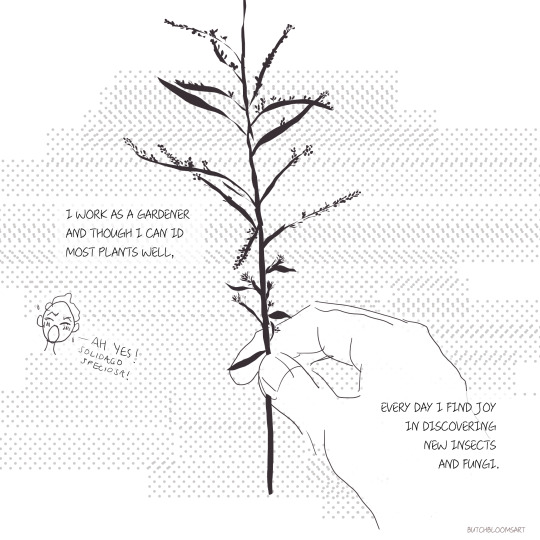
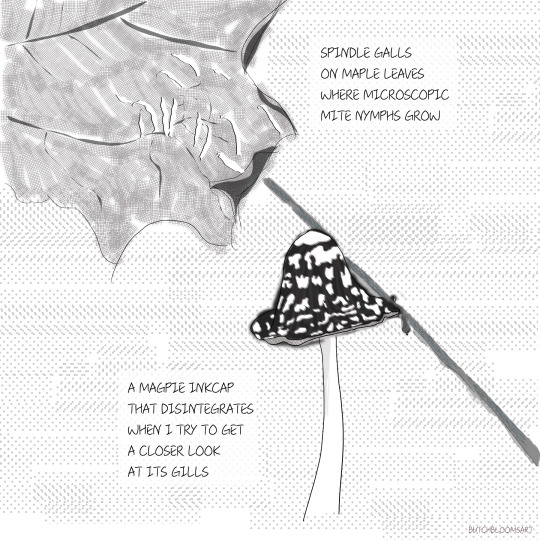
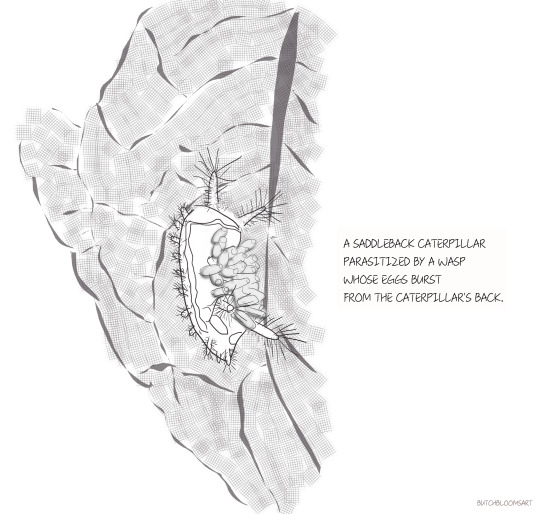

The first installment of my 2024 microcomic project! Planning to release a new one every 2-4 weeks.
[ID: A four-panel comic. The first panel is a white background with a black and white drawing of a hand holding a stem of goldenrod in bud. The text says, "I work as a gardener, and though I can ID most plants well, every day I find joy in discovering new insects and fungi." On the left side of the panel is a comic-y sketch of a person's face shouting, "Ah yes! Solidago speciosa!" The second panel is a white background with a black and white textured drawing of a maple leaf with a series of tall, thin galls rising from its surface. The text says, "Spindle galls on maple leaves where microscopic mite nymphs grow." Below, on the same panel, is a drawing of a mushroom, with a black hat covered in white splotches, and a stick resting against the mushroom. The text says, "a magpie inkcap that disintegrates when I try to get a closer look at its gills." The third panel is a white background with a textured black and white leaf underside. A saddleback caterpillar, with spiny antennae and feet, is on the leaf, and small oblong objects are clustered on its back. The text says, "A saddleback caterpillar parasitized by a wasp whose eggs burst from the caterpillar's back." The final panel is a black background with a matrix of white dots/stars arranged on it in waves. The text says, "Every creature in its own unimaginable niche, the life of one dependent on the death of another."]
#mine#my art#mycology#entomology#horticulture#digital illustration#comic art#insect art#plant art#garden art#gardening#microcomics2024#comics#art
8 notes
·
View notes
Note
fun facts about australia: we have various species of stick insect but my favourite species is the giant prickly stick insect!! they’re also called spiny leaf insect, macleay’s spectre or the australian walking stick!! they live pretty much entirely of eucalyptus but ive heard they can also eat bramble as well?? if they lose a leg when they’re young they can drop it and regrow it, but not when they’re adults. the females are bigger than the male and look more like bulky dead leaves than sticks. if there are no males the female can produce eggs, but they will only be female as they are clones of their mother. so they’re like half asexual. its called parthenogenesis!!! these bugs are entirely harmless (even though the females do sort of resemble a scorpion) and you can keep them as a pet <3

footage of me running from australia
6 notes
·
View notes
Text
My leaf insects are so bitchy they literally stomp on each others heads when they’re on the same hand for too long 😭
4 notes
·
View notes
Photo
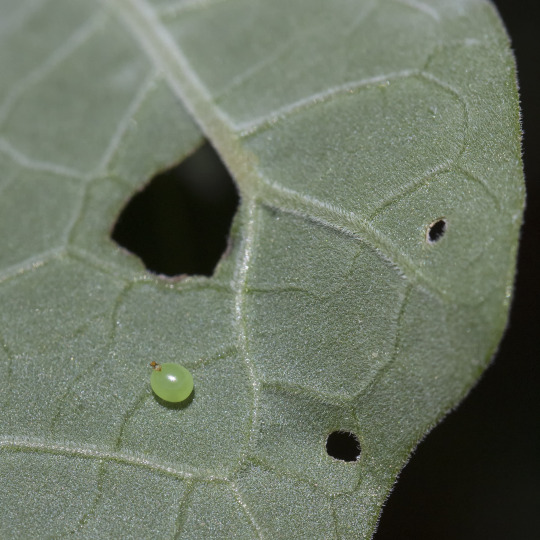
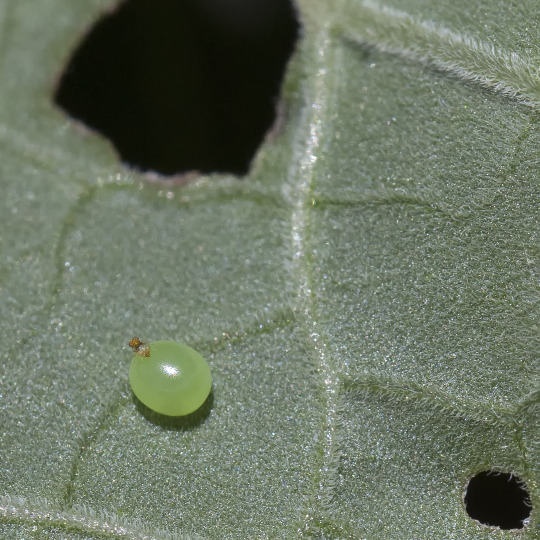
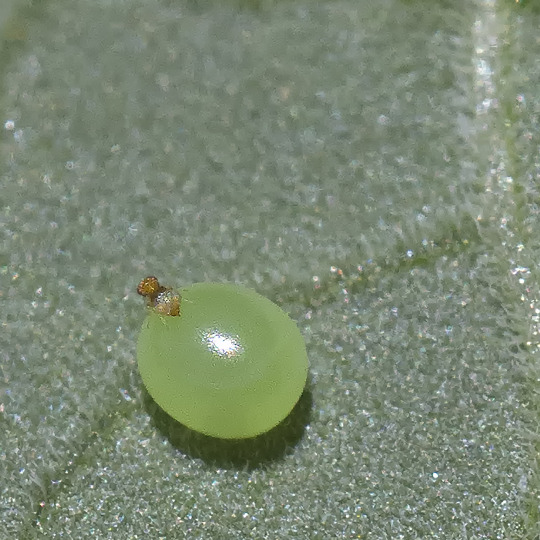
I’ve posted lots of pictures of datura (moonflower) plants over the years, which makes sense because their flowers are beautiful, their seed pods are strikingly spiny, and they are beloved by insects and spiders of all kinds.
This year, with moonflowers in the backyard and fewer expeditions into the wider world, I spent an absurd amount of time looking at every part of the plants. In this instance, I was excited to find the single, elegant green egg on the underside of a leaf. I thought there was a speck of dust on the egg, but when I went to edit the photo I saw that the speck was a full-grown insect in its own right.
The egg was 2 or 3 millimeters across, so the insect was all but invisibly small (which explains the terrible resolution of the closest crop above) . My best guess is that it was some kind of parasitic wasp, but I’m interested in insights from people who might actually know.
Cochise County, Arizona, July 2022.
#insect#egg#tiny#leaf#photographers on tumblr#textless#amadee ricketts#summer#july#datura#hole#texture#macro#in the yard#garden#mystery#wasp?#arizona#green
82 notes
·
View notes
Text
Bored af waiting for class to start so off the top of my head:
TDIM stick insect au😍 all subject to change😍
Kate - Leaf insect
Mark - Giant spiny stick insect
Charlie - Indian stick insect
Jamie - Jungle Nymph
Erin - Spiny stick insect
8 notes
·
View notes
Text
🐝Send in a number + Character and I'll draw them in an outfit or as a creature based on that insect🦋
Allotopus Beetle
Apollo Butterfly
Assassin Bug
Atlas Moth
Bald-Faced Hornet
Banded Darter
Banded Demoiselle
Beautiful Demoiselle
Bhutan Glory Swallowtail
Black Swallowtail Butterfly
Bullet Ant
Bumblebee
Butterfly Dragonfly
Cabbage Butterfly
Cattlehearts Swallowtail
Common Batwing
Common Bluebottle Butterfly
Common Brimstone
Common Rose Swallowtail
Conehead Mantis
Cream-Spot Tiger Moth
Creobroter
Cuckoo Wasp
Death's-Head Hawkmoth
Devil's Flower Mantis
Differential Grasshopper
Drain Fly
Eastern Tiger Swallowtail
Eighteen-Spotted Ladybird
Elephant Hawkmoth
Elephant Mosquito
Emerald Bee
Emperor Dragonfly
European Hornet
European Mantis
Eyed Ladybug
Fire Ant
Five-Spotted Hawkmoth
Fork-Horned Stag Beetle
Fourteen-Spotted Ladybird
Ghost Mantis
Giant Leopard Moth
Giant Long-Legged Katydid
Giant Malaysian Leaf Insect
Glasswing Butterfly
Goliath Beetle
Golden-Ringed Dragonfly
Great Black Wasp
Green Grasshopper
Green June Beetle
Green Snaketail
Green Stag Beetle
Halyzia Sedecimguttata (aka orange ladybird)
Hercules Beetle
Honey Bee
Housefly
Hummingbird Clearwing
Hummingbird Hawkmoth
Impatiens Hawkmoth
Jerusalem Cricket
Jewel Beetle
Lime Hawkmoth
Long-Legged Fly
Luna Moth
Monarch Butterfly
Mosaic Darner
Mud Dauber
Oleander Hawkmoth
Orchid Mantis
Painted Lady Butterfly
Paper Wasp
Peacock Butterfly
Pharaoh Ant
Picasso Bug
Pipevine Swallowtail
Poplar Hawkmoth
Queen Alexandra's Birdwing
Question Mark Butterfly
Red Admiral
Rosy Maple Moth
Ruddy Darter
Scorpion Fly
Silverfish
Small Tortoiseshell
Snakefly
Southern Hawker
Southern Flannel Moth
Spicebush Swallowtail
Spiny Leaf Insect
Sunset Moth
Tailed Jay Butterfly
Tarantula Hawk
Thorn Bug
Tiger Mosquito
Twentytwo-Spot Ladybird
Ulysses Butterfly
White-Lined Sphinx
White Witch Moth
Yellow Jacket
Zebra Swallowtail
#drawing prompt#art prompt#oc prompt#creature prompt#monster prompt#clothing prompt#bug#art challenge#insect
11 notes
·
View notes
